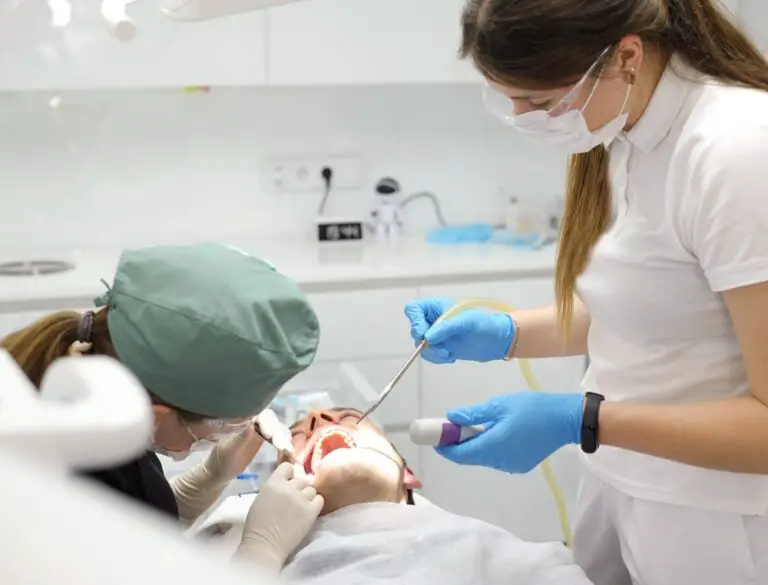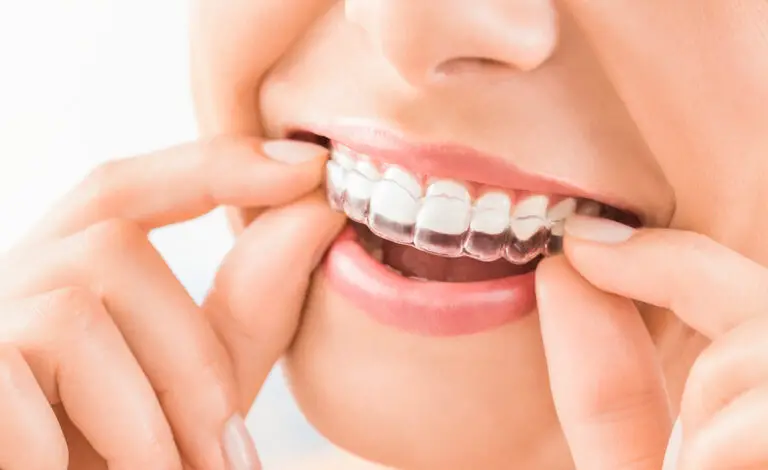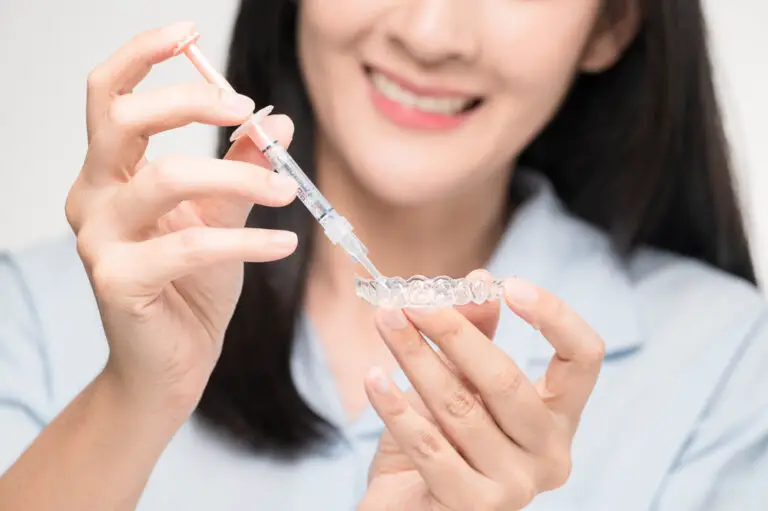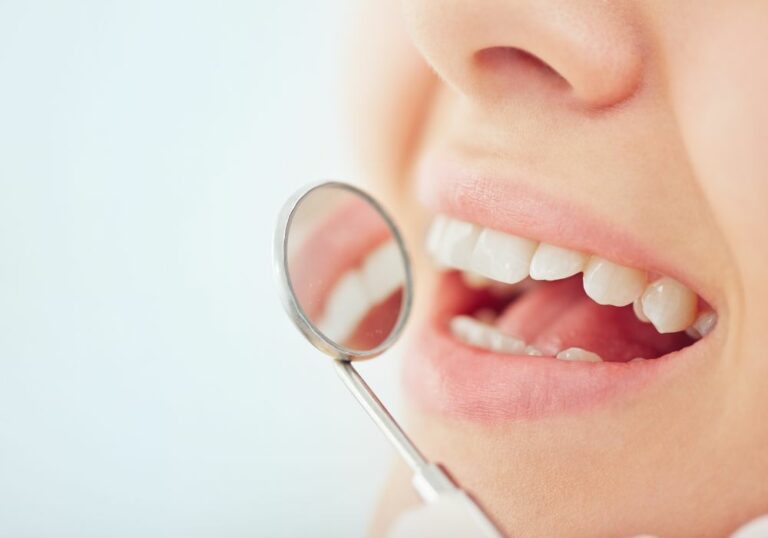Have you ever been to the dentist and had trouble understanding which tooth they were referring to? It can be confusing, especially if you’re not familiar with the tooth numbering system. Each tooth in your mouth has a specific number, and knowing this system can help you communicate better with your dental professional.
Your #2 tooth, also known as the upper right second molar, is an important tooth for chewing and grinding food. It is located towards the back of your mouth and is one of eight molars in your mouth. Understanding the location and function of your #2 tooth can help you take better care of it and prevent dental issues in the future.
In this article, we will explore the tooth numbering system and specifically focus on the location and function of your #2 tooth. By the end of this article, you will have a better understanding of your dental anatomy and be able to communicate more effectively with your dentist. So, let’s dive in and discover where your #2 tooth is located!
Understanding Tooth Numbering System
When you visit a dentist, you may hear them refer to your teeth using numbers. This is because dentists use a standardized tooth numbering system to identify each tooth in your mouth. Understanding this system can help you communicate with your dentist and better understand your dental treatment plan.
The two most common tooth numbering systems are the Universal Numbering System and the Palmer Notation Method. The Universal Numbering System is used in the United States and assigns a number to each tooth, starting at the upper right wisdom tooth (#1) and ending at the lower right wisdom tooth (#32). The Palmer Notation Method, on the other hand, uses a symbol to represent each tooth and is more commonly used in Europe.
To help you understand the Universal Numbering System, here is a breakdown of the tooth numbers and their corresponding teeth:
- Teeth #1-16: Upper teeth, starting with the upper right wisdom tooth (#1) and ending with the upper left wisdom tooth (#16)
- Teeth #17-32: Lower teeth, starting with the lower left wisdom tooth (#17) and ending with the lower right wisdom tooth (#32)
It’s important to note that each tooth is identified from the perspective of the dentist looking into your mouth, not from your own perspective.
In addition to the numbering system, teeth are also divided into four quadrants, with each quadrant containing eight teeth. The quadrants are labeled as follows:
- Quadrant 1: Upper right
- Quadrant 2: Upper left
- Quadrant 3: Lower left
- Quadrant 4: Lower right
By understanding the tooth numbering system and quadrant labeling, you can better communicate with your dentist and understand the location of any dental issues or treatments.
Location of Your #2 Tooth
Your #2 tooth is also known as the upper right second premolar or the maxillary second premolar. It is located between your first premolar and your canine tooth in your upper jaw. This tooth is one of the eight premolars in your mouth, four on the upper jaw and four on the lower jaw.
To locate your #2 tooth, start by finding your canine tooth, which is the pointed tooth next to your front teeth. Then, move your finger back towards the molars until you feel a slightly smaller tooth. That is your #2 tooth.
Here are some additional details about the location of your #2 tooth:
- Tooth number: 5 in the Universal Numbering System and 14 in the Palmer Notation Method.
- Function: Your #2 tooth helps you chew and grind food, and it also supports the structure of your mouth.
- Shape: The #2 tooth has a flattened top surface with two cusps, or points, that help grind food. It also has one root.
- Appearance: The #2 tooth is typically a yellowish-white color and is about the same size as the tooth next to it.
Overall, your #2 tooth plays an important role in your oral health and should be taken care of through regular brushing, flossing, and dental check-ups. If you experience any pain or discomfort in this tooth, it is important to see a dentist as soon as possible to prevent further damage or infection.
Importance of Tooth #2
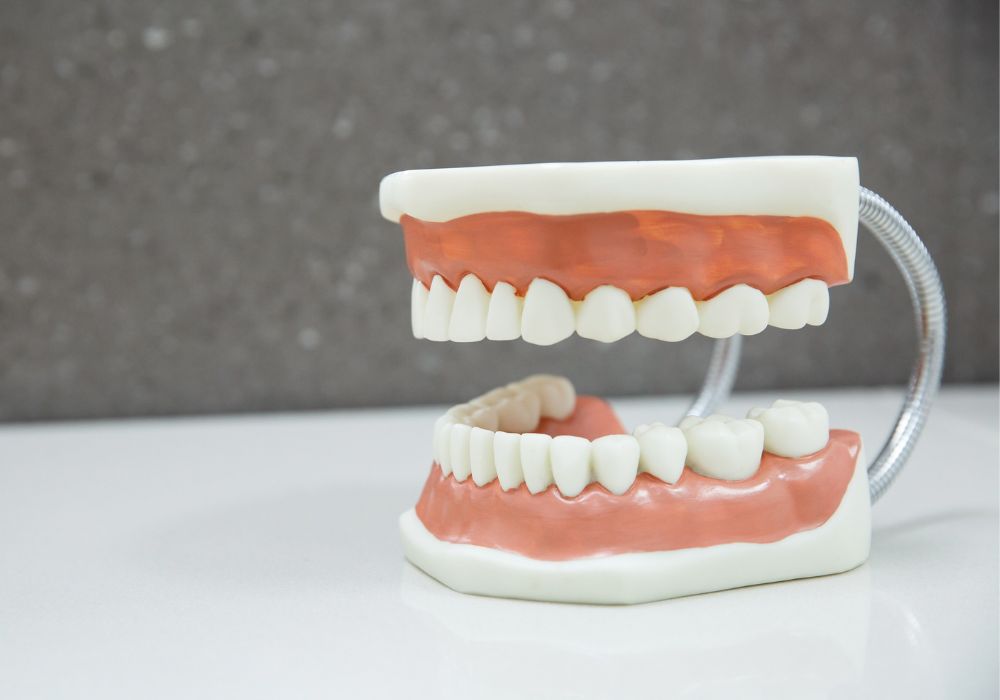
Your #2 tooth, also known as the upper right second molar, is an essential part of your dental health. This tooth is located towards the back of your mouth and plays a crucial role in chewing and grinding food. Here are some reasons why your #2 tooth is important:
- Chewing: Your #2 tooth is one of the primary teeth responsible for chewing and grinding food. It helps break down food into smaller pieces, making it easier to swallow and digest. Without this tooth, you may experience difficulty in chewing and may even avoid certain foods altogether.
- Support: Your #2 tooth provides support to adjacent teeth, helping to maintain the proper alignment of your teeth. When you lose a tooth, the surrounding teeth may shift, leading to misalignment and bite problems.
- Aesthetics: Your #2 tooth is visible when you smile or talk. A missing or damaged #2 tooth can affect your appearance and confidence. Restoring this tooth with a dental implant or bridge can improve your smile and overall dental health.
- Speech: Your #2 tooth plays a role in proper speech and pronunciation. Missing or damaged teeth can affect your ability to speak clearly, leading to communication difficulties.
It is essential to take care of your #2 tooth and maintain good oral hygiene to prevent decay and damage. Regular dental check-ups and cleanings can help detect any issues early and prevent further damage.
Common Issues with Tooth #2
Tooth #2, also known as the upper right second molar, is one of the most important teeth in your mouth. It is located towards the back of your mouth and is responsible for grinding and chewing your food. However, like any other tooth in your mouth, tooth #2 can also experience several common issues that can cause discomfort and pain. Here are some of the most common issues with tooth #2:
Cavities
Cavities are one of the most common dental problems that can affect any tooth, including tooth #2. They occur when bacteria in your mouth produce acid that eats away at the enamel of your tooth, creating a small hole. If left untreated, cavities can grow larger and deeper, causing pain and discomfort. Some of the signs of a cavity in tooth #2 include tooth sensitivity, pain when chewing, and visible holes or pits in the tooth.
Gum Disease
Gum disease is a common dental problem that can affect the gums and teeth. It is caused by a buildup of plaque and bacteria on the teeth and gums, which can lead to inflammation and infection. If left untreated, gum disease can cause tooth loss and other serious health problems. Some of the signs of gum disease in tooth #2 include red, swollen, or bleeding gums, bad breath, and loose teeth.
Cracked Tooth
A cracked tooth is a dental problem that occurs when a tooth is cracked or fractured. This can happen due to a variety of reasons, such as biting down on hard objects or trauma to the face. If left untreated, a cracked tooth can cause pain, sensitivity, and even infection. Some of the signs of a cracked tooth in tooth #2 include pain when chewing, sensitivity to hot or cold, and visible cracks or chips in the tooth.
Impacted Wisdom Tooth
An impacted wisdom tooth is a dental problem that occurs when a wisdom tooth does not have enough room to grow properly and becomes trapped under the gum. This can cause pain, swelling, and infection. If left untreated, an impacted wisdom tooth can cause damage to nearby teeth and gums. Some of the signs of an impacted wisdom tooth in tooth #2 include pain and swelling in the back of the mouth, difficulty opening your mouth, and bad breath.
In conclusion, tooth #2 is an important tooth that can experience several common dental problems. If you experience any of the signs or symptoms mentioned above, it is important to see your dentist as soon as possible to prevent further damage and discomfort.
Preventive Care for Tooth #2
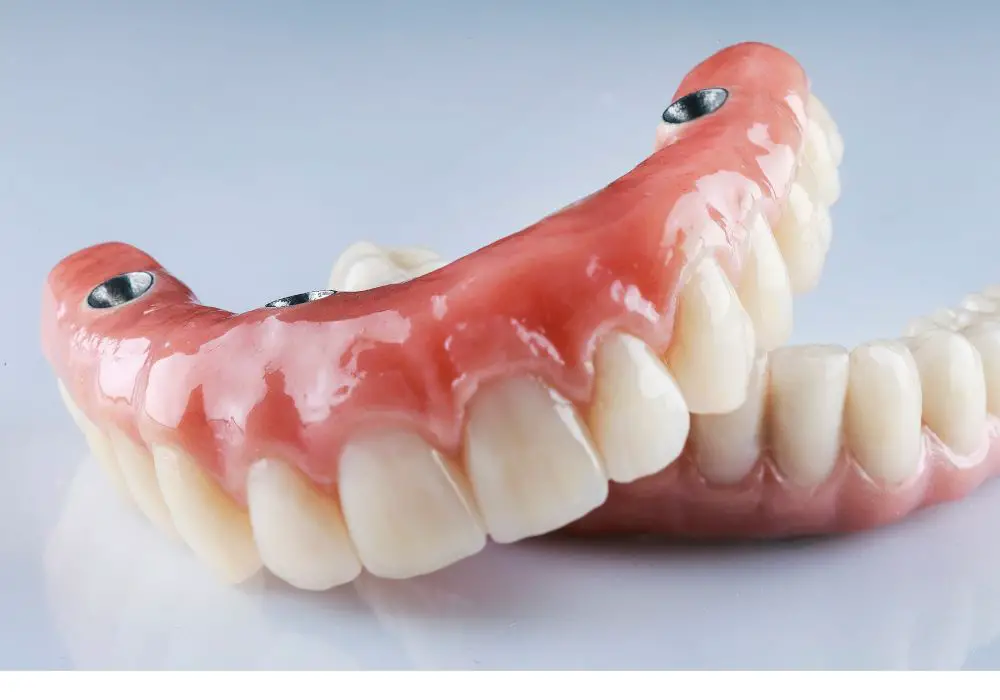
Taking care of your teeth is essential for maintaining good oral health. Tooth #2, also known as the upper right second molar, is an important tooth that plays a significant role in chewing and biting. Preventive care for tooth #2 is crucial to ensure its longevity and avoid dental problems that may arise in the future.
Here are some preventive measures that you can take to keep your tooth #2 healthy:
- Brush your teeth twice a day with fluoride toothpaste. Make sure to brush gently and thoroughly, including the chewing surfaces of your molars, including tooth #2.
- Floss daily to remove plaque and food particles that may be trapped between your teeth and along the gum line.
- Use an antiseptic mouthwash to kill bacteria and freshen your breath.
- Visit your dentist regularly for check-ups and professional cleanings. Your dentist can detect any dental issues early on and provide appropriate treatment to prevent further damage.
- Consider getting dental sealants to protect your tooth #2 from decay. Dental sealants are thin plastic coatings that are applied to the chewing surfaces of your molars to prevent bacteria and food particles from getting trapped in the grooves of your teeth.
In addition to these preventive measures, maintaining a healthy diet and avoiding sugary and acidic foods and drinks can also help keep your tooth #2 and other teeth healthy. Remember, preventive care is essential for maintaining good oral health and avoiding dental problems.
Treatment Options for Tooth #2
If your second tooth is missing, there are several treatment options that you can consider. The most common treatment options are dental implants, bridges, and dentures.
Dental Implants
Dental implants are a popular treatment option for missing teeth, including tooth #2. A dental implant is a small titanium post that is surgically placed into your jawbone. The implant acts as an artificial tooth root, providing a strong and stable foundation for a replacement tooth.
The process of getting a dental implant typically involves several appointments. During the first appointment, your dentist will assess your oral health and determine if you are a good candidate for the procedure. If you are, they will then surgically place the implant into your jawbone.
After the implant has been placed, it will need to fuse with your jawbone in a process called osseointegration. This can take several months. Once the implant has fused with your jawbone, your dentist will attach an abutment to the implant. The abutment is a small connector that attaches the implant to the replacement tooth.
Finally, your dentist will attach a custom-made replacement tooth to the abutment. This replacement tooth will be designed to match the color, shape, and size of your natural teeth, giving you a natural-looking smile.
Bridges
Another treatment option for missing tooth #2 is a dental bridge. A bridge is a prosthetic device that is used to replace one or more missing teeth. The bridge is anchored to the adjacent teeth on either side of the gap left by the missing tooth.
The process of getting a bridge typically involves two appointments. During the first appointment, your dentist will prepare the adjacent teeth for the bridge by removing a small amount of enamel. They will then take impressions of your teeth, which will be used to create a custom-made bridge.
Once the bridge has been created, your dentist will attach it to the adjacent teeth using dental cement. The bridge will be designed to match the color, shape, and size of your natural teeth, giving you a natural-looking smile.
Dentures
If you are missing multiple teeth, including tooth #2, dentures may be a good treatment option for you. Dentures are removable prosthetic devices that are used to replace missing teeth. They can be used to replace a few missing teeth or a full arch of teeth.
The process of getting dentures typically involves several appointments. During the first appointment, your dentist will take impressions of your teeth and gums. These impressions will be used to create a custom-made set of dentures.
Once the dentures have been created, your dentist will fit them to your mouth. They may need to make adjustments to ensure a comfortable and secure fit. With proper care and maintenance, dentures can provide a natural-looking smile and improve your oral health.
Maintaining Oral Health
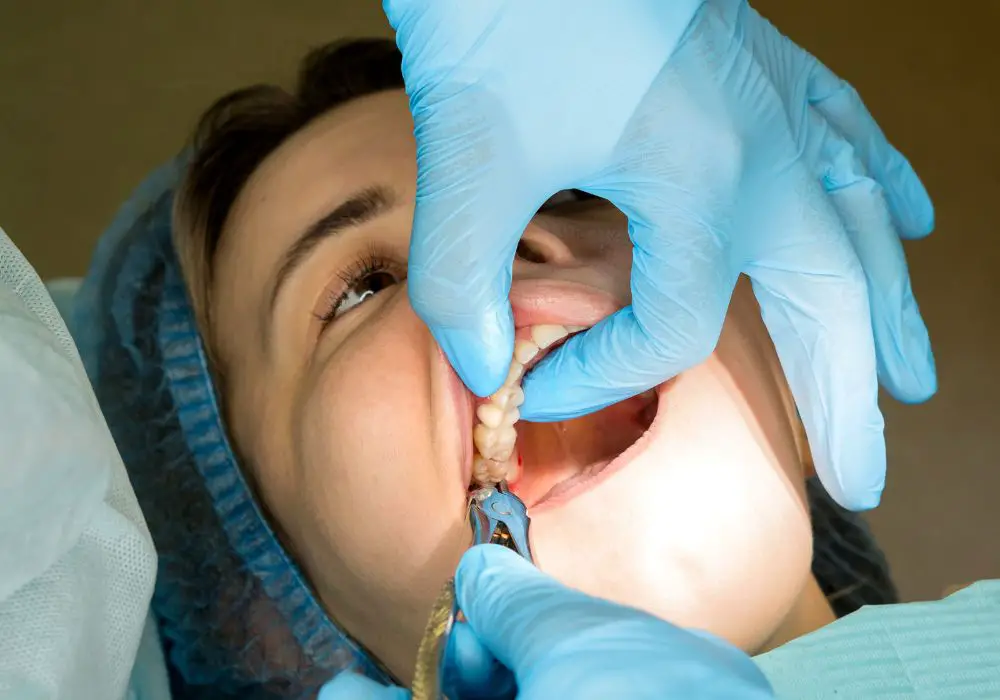
Maintaining good oral health is essential for overall well-being. Here are some tips to help you keep your mouth healthy:
- Brush your teeth twice a day with fluoride toothpaste to remove plaque and prevent cavities.
- Floss daily to remove food particles and plaque from between your teeth and under the gum line.
- Use mouthwash to kill bacteria and freshen your breath.
- Avoid sugary and acidic foods and drinks, which can erode tooth enamel and lead to decay.
- Drink plenty of water to keep your mouth hydrated and wash away food particles and bacteria.
- Visit your dentist regularly for checkups and cleanings to prevent and detect any potential oral health problems.
By following these simple tips, you can maintain good oral health and prevent dental problems in the future. Remember, a healthy mouth is a happy mouth!
Frequently Asked Questions
What is the location of tooth number 2?
Tooth number 2 is located in the upper right area of your mouth, next to your front tooth. It is also known as the upper right lateral incisor.
What is the difference between a wisdom tooth and tooth number 2?
Wisdom teeth are located at the back of your mouth and usually appear in your late teens or early twenties. Tooth number 2, on the other hand, is one of your front teeth and is present from childhood.
How can I identify tooth number 2?
To identify tooth number 2, you can count from the middle of your mouth towards the back until you reach the second tooth in the upper right area. It is also slightly smaller than the front tooth, which is the central incisor.
What is the name of tooth number 2?
Tooth number 2 is also known as the upper right lateral incisor.
Can tooth number 2 be extracted?
Yes, tooth number 2 can be extracted if necessary, but it is generally recommended to try to save the tooth through proper dental care and regular check-ups.
What are the surfaces of tooth number 2?
Tooth number 2 has five surfaces: the mesial surface (the surface closest to the middle of your mouth), the distal surface (the surface farthest from the middle of your mouth), the lingual surface (the surface facing your tongue), the labial surface (the surface facing your lips), and the incisal edge (the biting surface).



